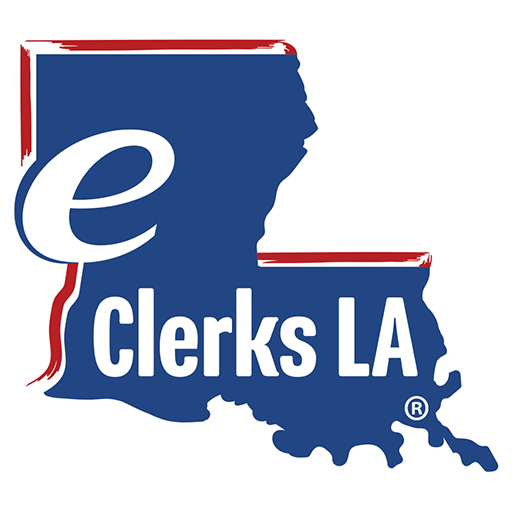Vermilion Parish History
The present courthouse is in the heart of Abbeville’s central business district.
It is the most massive and distinctive building in the downtown area.
During the mid-1700s many Acadian families exiled from old Acadie settled in south Louisiana. The Spanish government awarded land grants to new settlers before 1899 on the condition that they would clear the land, and help build and keep up levees, bridges, and roads. The first land grants in Vermilion Parish were on waterways because there we few roads. Prairie areas were settled later.
Drawn here by fertile fields, abundant wildlife, and grazing land for cattle, some of the early families that helped settle Vermilion Parish included: Peter Lee, Jr. and his brother Mark Lee, Sr. who made land claims along the Vermilion River as early as 1796; Claude Broussard, son of Joseph (Beausoleil) Broussard, who held early claims on both sides of the Vermilion River; A Pedro Perrot and Pierre Gaillard, from La Rochelle, France, who held early grants on the river in the Mouton Cove area; an Acadian, Charles Hebert, who held land on both sides of the river that joined with Coulee Kinney; and Victor Boet, a native of France, who held lands on the east side of the river. Other settlers included Christoval Simon Abreo, a native of Aragon, Spain, and Charles Comeaux, an Acadian.
VERMILION PARISH COURTHOUSE (2019)
The present courthouse is in the heart of Abbeville’s central business district. It is the most massive and distinctive building in the downtown area.
This structure is the third courthouse building to be located on this site. In 1847 a wooden structure was erected on property donated by our city’s founder, Father Antoine Megret. Following the Civil War the courthouse fell into disrepair and succumbed to a fire in 1885. A replacement began in 1890 and lasted until 1951 when it was deemed too small to serve the needs of the parish. It was replaced by the A. Hays Town designed building at a cost of $725,884.00. The dedication ceremonies were held on May 30, 1952.
The facade features a portico based on the typical Greek temple front with six columns. The rear facade is patterned after the Classic Revival Louisiana plantation home. It has an eight column veranda with an outside staircase. At the left side is a secondary entrance with an “old New Orleans” cast iron portico. The body of the building is brick and is entered through a vestibule which contains a free standing circular stairway to the second floor courtrooms.


